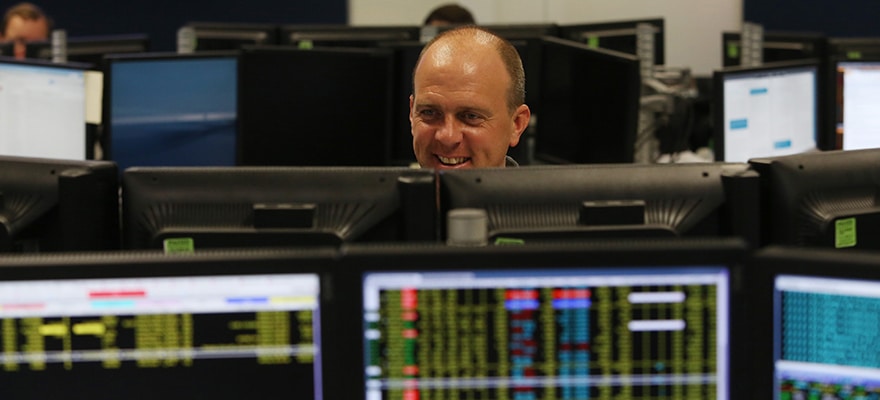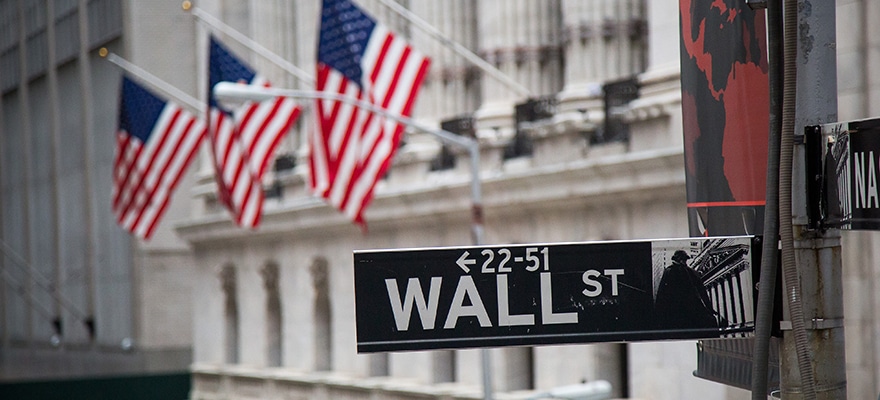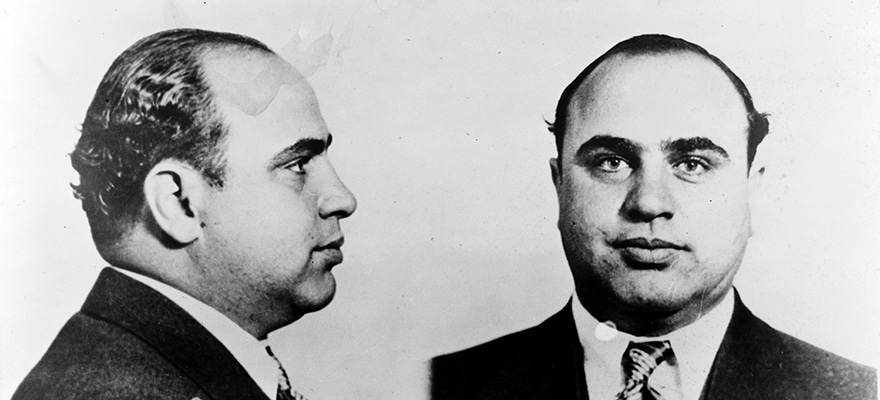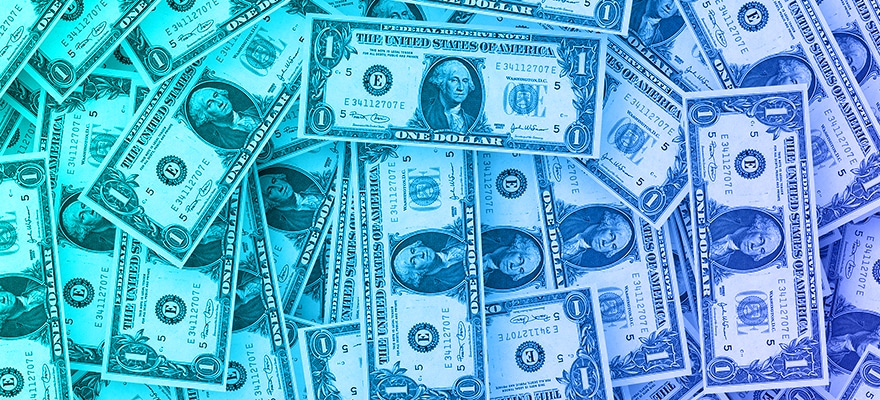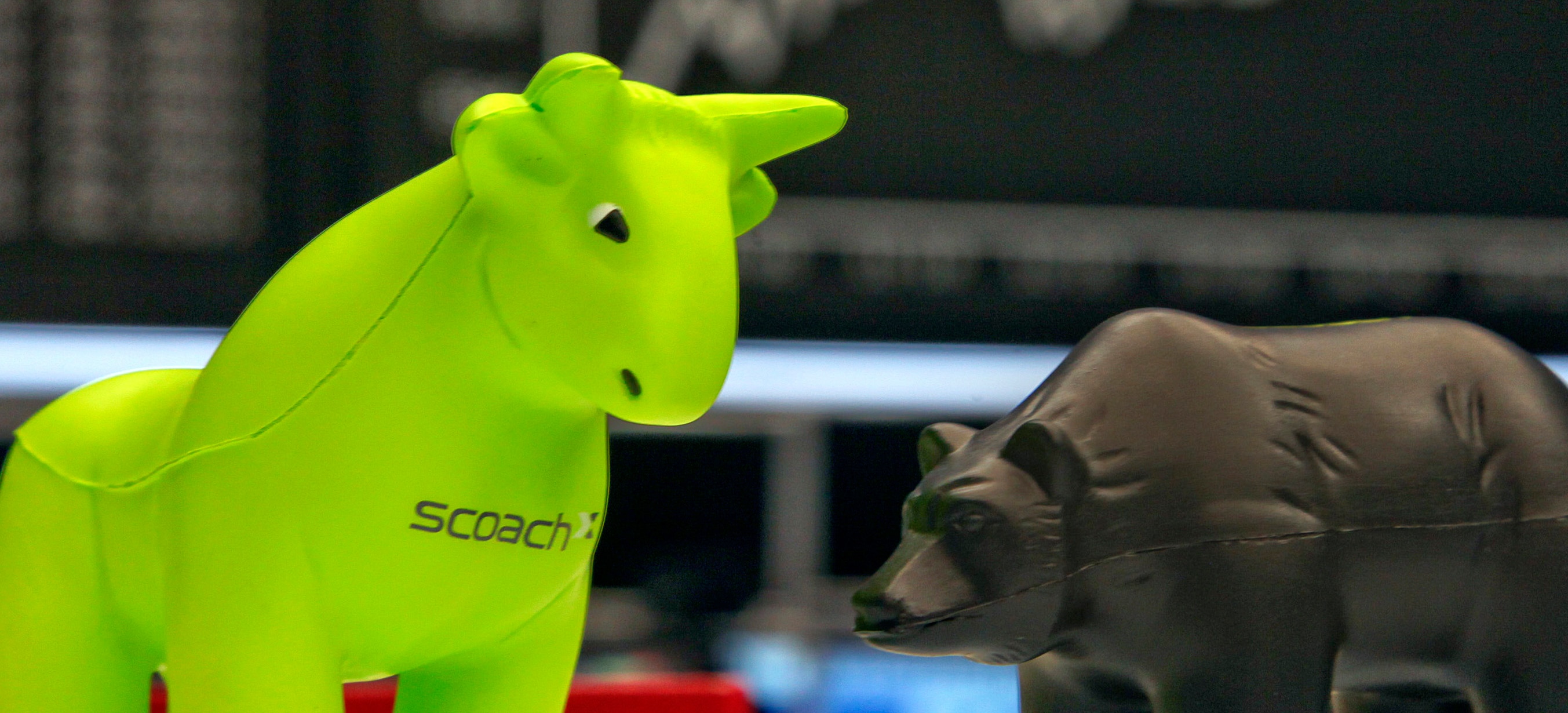The Dow Jones Industrial Average became active for 2016, and U.S. crude oil increased above $40 per barrel, recovering after a severe beginning of 2016.
Earlier this year, investors expressed perplexity about slowing worldwide growth and the changes in interest rates in the last weeks as commodity prices became stable and the American economy showed good signs.
The Dow Industrials and S&P 500 are currently around their 2015 year-end level - they had decreased by more than 10% by February 11.
“You begin to take the recession risk off the table, you will see how the market reacts, and I believe that’s what it was,” said Lew Piantedosi from Eaton Vance.
The Dow went up by 0.9% to 17481.49, making for an 0.3% increase this year. The S&P 500 grew 0.7% to 2040.59. The index is 0.2% lower in 2016. The Nasdaq Composite increased by 0.2% to 4774.99, but it still dropped 4.6% this year.
U.S. futures for crude oil went up 4.5% to $40.20 per barrel while the dollar fell and the main oil producers took the position of freezing production.
The growth happened the day after Federal Reserve officials kept interest rates at the same level and announced it would probably increase interest rates only twice in 2016, making its expectations closer to investors’.
The labor market is a bright side of figures from the Labor Department, which showed the number of jobless claims below 300,000 last week (for the 54th week in a row). Janet Yellen emphasized the improving jobs situation but also said that there’s an opportunity for improvement.
"Earlier this year, the market showed concerns about the country going into recession, and the statistics have shown that it’s not possible now, ” stated Tony DeSpirito from BlackRock Equity Dividend Fund.
The WSJ Dollar Index dropped 1.1%. The expectations of lower interest rates make a currency not so attractive to investors looking for Yield . The euro grew 0.8% against the U.S. dollar to $1.1320, and the dollar decreased by 1.1% against the yen to ¥111.3860.
A lower dollar is good for companies that sell their products abroad, according to Susan Bao, a portfolio manager at J.P. Morgan Asset Management. “The greenback will make less metonym guidance on corporate turnout,” she added.
S&P 500 companies earnings were 3.3% lower in Q4, and experts believe they will also fall in Q1, according to FactSet.
Volatility in global growth is making some traders stay on the sidelines before a clear picture appears, said Tom Carter, from brokerage firm JonesTrading. “The single stock-picking manager isn’t sure now it’s a right time for investing,” he added.
In Norway, the central bank decreased its main interest rate last Thursday, as low oil prices affected the country’s economy. At the same time, the Bank of England didn’t change its primary rate despite weakening growth and inflation. The Swiss central bank kept its main deposit rate below 0, even despite the ECB’s higher stimulus package which may cause pressure on the franc up against the euro.
Nevertheless, several that said these changes were autonomous.
“Everyone can call it reduced volume and weak conviction,” said Rob Bernstone from Credit Suisse, meaning the light stock trading volumes recently. “However, it is the same.”
General Electric made the Dow Industrials increase by 2.6% to $30.96.
Industrial shares were one the biggest reasons for growth in the S&P 500 on Thursday, growing by more than 2%.
FedEx was the company that increased the most in the S&P 500, gaining 12%, to 161.34 as the company announced earning higher than expected with positive forecasts.
The yield on the 10-year Treasury note dropped to 1.903% from 1.940% on Wednesday. Gold increased by 2.9% to $1,264.50 per troy ounce.
The Stoxx Europe 600 lowered by 0.1%.
Stocks in China and Australia grew, but Nikkei Stock Average lost 0.2% while a stronger yen affected shares of exporters.
